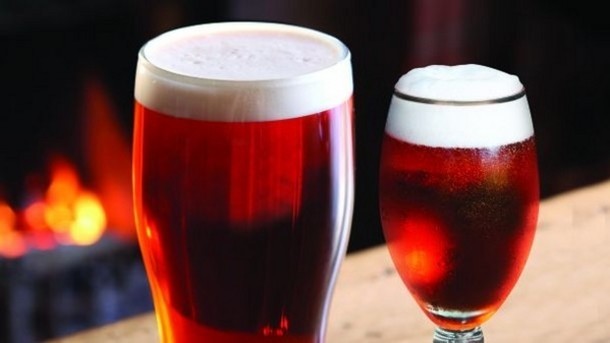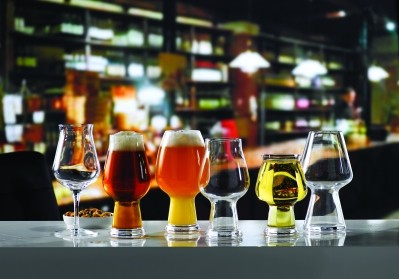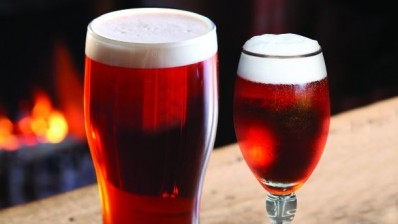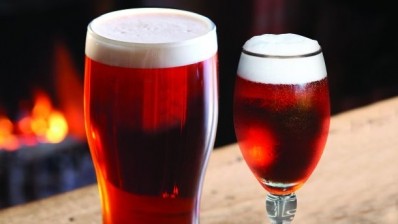Beer
Death of the pint? Not at all...

Then I worked in advertising, I had to learn how to deal with statistics. I formed an uneasy relationship with them. I don’t have to like them to find them useful. I treat them with respect.
I rely on them for the Cask Report, which we will be publishing again in a few weeks. And I get defensive on their behalf when people abuse them.
In the past couple of weeks, I’ve received two press releases telling me that the pint of beer is dead.
Both back this up with statistics from original market research. And both claim these statistics say something that they do not.
Goblet of ire
The first was from the Campaign for Real Ale (CAMRA). On the Wednesday of the Great British Beer Festival, the organisation issued a press release with the title "Is this the death of the pint glass? New research shows a half is most popular".
The first paragraph of the press release claims new research shows "The half pint glass is the most popular way to drink beer".
In fact, the research claims nothing of the sort — as a careful reading of the press release itself later admits.
The question that was asked was "Thinking about trying new beers... in general, which ONE of the following sizes of glass would you prefer to try a new beer in?" followed by a list of measures.
There’s a world of difference between trying a new beer for the first time and drinking your favourite beer regularly. Out of all the times you order a beer in a pub, what percentage of those occasions involve trying a new beer for the first time?
It makes perfect sense that someone may want to try a smaller measure for a new beer. But there are no grounds whatsoever for claiming the research shows people have an absolute preference for the half pint over the pint.
CAMRA produces some excellent research data and is kind enough to share some of it with me for the Cask Report. They ask all the right questions. So it’s mystifying why, on this one matter, it would deliberately mislead over what the research actually says.
But they’re not the only ones.
Ouch-er
Two weeks later, I received a press release on behalf of an online voucher company who, for reasons best known to themselves, did a survey of British men (why only men?) over 30 (why over 30?) and asked them what their most common drink of choice would be when out in bars, pubs and clubs.
This showed that the pint of beer was the favourite choice of only 12% of men, with spirits and mixers, red wine, bottles of cider and cocktails or shots all being more popular. Again, this is used to proclaim ‘the death of the traditional pint of beer’.
Again, there is absolutely no basis in the research for saying this.
The question asks respondents to choose only one answer. So it does show that other drinks may be more top-of-mind or more preferred than beer.
But the question completely ignores the fact that we are all now what marketers call ‘portfolio drinkers’. Hardly any of us only pick one drink and stick to it resolutely, all the time.
Give it the Elbow
My favourite band just now is Elbow but I probably listen to them no more then once a month because I like lots of other bands too. My favourite food is sushi, but I’d soon get bored if I had it for every meal.
Research for this year’s Cask Report shows that 76% of cask ale drinkers also drink wine, while 47% of wine drinkers also drink lager on a regular basis. Meanwhile, 58% of cider drinkers also drink spirits. And so on. If the research above had allowed respondents to tick as many drinks as they wanted instead of just one, the result would have been completely different and there would be no basis for announcing beer’s demise.
Reading this, you may well think, "Yeah, well, statistics are all rubbish anyway." But my argument is that they’re not. They’re really useful. Like guns, strong alcohol
or saxophones, they don’t cause harm on their own — they require people to use them in a harmful manner.
That’s what happens on slow news days. And that’s why rumours of the ‘death of the pint’ have been greatly exaggerated - and in some cases, completely made up.






